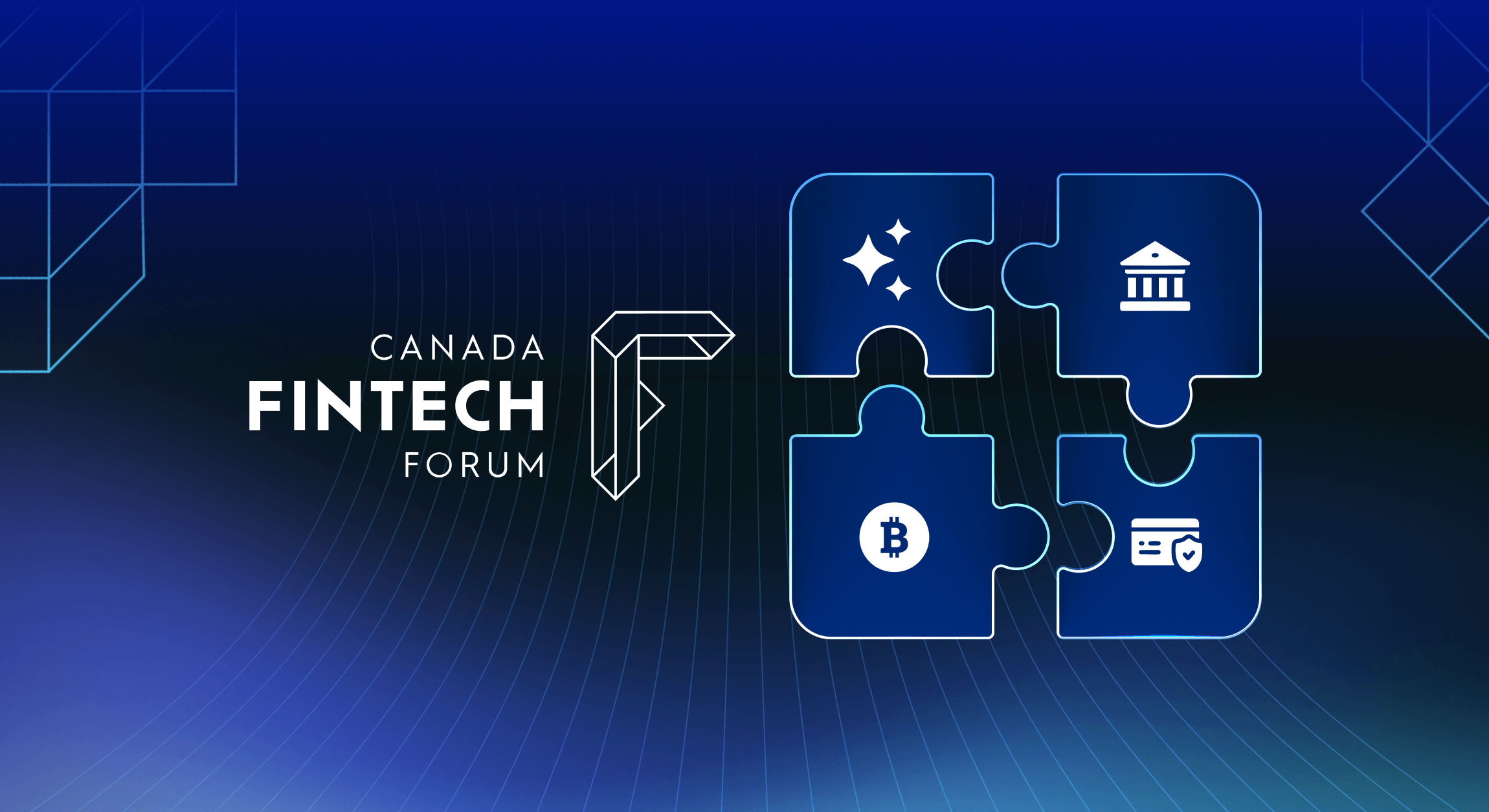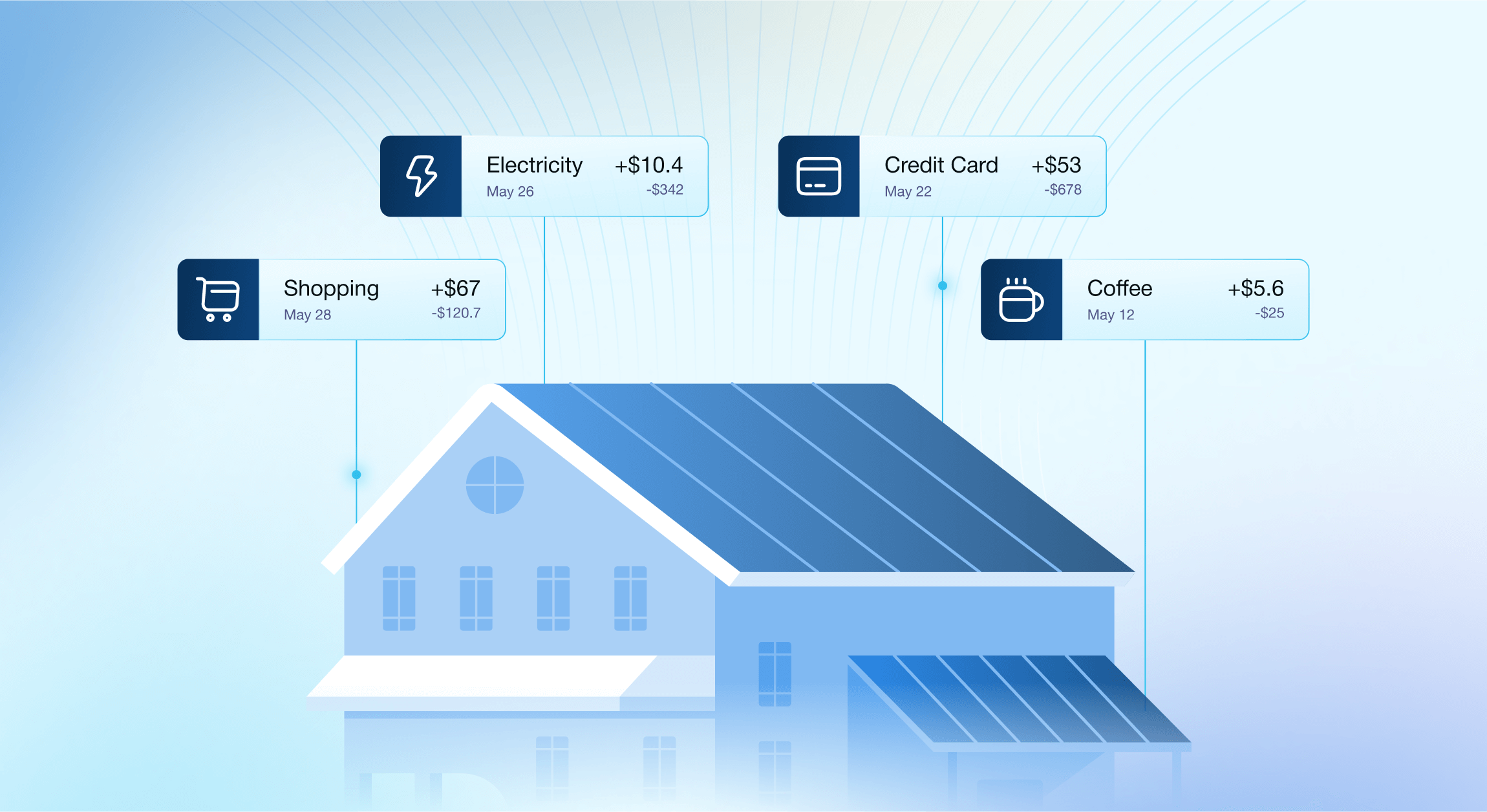Open banking has been a hot topic in financial and tech circles in recent years, and for good reason. From money transfers to point-of-sale financing, credit risk assessment and monitoring, segmentation, and beyond, it’s transforming financial services.
Early success stories have heavily featured fintech startups, but this is just one piece of the story. The truth is, both newcomers and established businesses alike have been able to take advantage of open banking in a wide range of circumstances.
So how exactly will this new era of banking impact you? And if you’re an entrepreneur, how can you take advantage of the technology to grow your business?
Keep on reading to go deeper into the current state of North American open banking, its benefits, and how you can implement it.
Quick links
- What is Open Banking?
- Key Reasons to Adopt Open Banking
- The Current State of Open Banking
- Dominant Use Cases
What is Open Banking?
So, what exactly is open banking?
Your gut instinct may be telling you that this is a complex question to answer—and it would be right. After all, different countries—and continents—have varying definitions and understandings of the field. In some places, open banking initiatives are led by governments and regulators. In other places—including North America—they are led by the industry.
However, there is a common theme. At its core, open banking gives consumers control over their financial data. More specifically, who can access it.
In other words, open banking enables user-permissioned data sharing.
If you’re unclear about the meaning of “user-permissioned data sharing,” you’re not alone. Head over to our glossary for clear definitions of the language of North American open banking.
Say a consumer is filling out a mortgage application, and needs to share information held by their primary financial institution—such as a bank statement. With open banking, they can consent for data to be shared with their broker almost instantly, through secure digital channels known as data connectivity.
A clean and obvious benefit of open banking—from the perspective of financial service providers—is that access to bank-sourced financial data is not only possible, but simple and reliable.
The Key Reasons To Adopt Open Banking
Open banking goes hand in hand with the rise of fintech apps and digital transformation initiatives that aim to leverage consumers’ data to improve their services.
To break it down even further, there are two key reasons for financial service providers to adopt open banking:
1. Digitize Manual Processes
Financial information has always been essential to delivering services—whether that be knowing who a client is to understanding their financial trajectory. With open banking (and just a few clicks from clients), service providers can now access recent financial history, as well as know-your-customer (KYC) and account-level information—all delivered in a digital format.
For example, in retail and business lending, for instance, manually compiling and verifying bank statements, pay stubs, and other documents is still a common practice.
Data connectivity enables lenders to access the same information in an end-to-end digital process. Then, processing and verifying the information can also be digitized with help from tools such as data enrichment. Together, they result in more convenient application experiences, as well as faster, more accurate underwriting decisions.
Our case study with Mitsubishi HC Capital Canada is a great example of what transforming a set of manual activities into a digital process looks like. Read on to learn more about our no-code financial data platform that lets you refresh accounts and see financial data in real-time.
2. Develop Unique and Custom Experiences
A consumer's financial data can tell how much money they earn, spend, and save, plus when and where. This valuable information is used to power a new generation of fully digital financial and banking apps, tailor products to the specific needs of consumers, and even make financial services accessible to previously underserved populations.
Our case study of Wealthsimple shows how a fintech company can reinvent the onboarding experience with data connectivity. Check it out here to learn how they use Flinks to verify the identity of new users and authenticate their bank account seamlessly, as part of their friendly, fully digital onboarding flow.
The Current State of Open Banking: How Widespread Is It Really?
It should come as no surprise that the open banking industry is flourishing. In fact, hundreds of thousands of consumers around the globe are already enjoying and benefiting from digitized processes as well as fully custom digital experiences.
The following standout stats further demonstrate the incredible impact and momentum of open banking in North America:
US Statistics from McKinsey and Company:
- In the US, nearly one in two consumers now use a fintech solution—most commonly peer-to-peer payment solutions and non-bank money transfers.
Canadian Statistics from Mastercard:
- More than 77% of consumers in Canada, and 86% of Gen Z currently connect their bank accounts to technology apps.
- 62% of consumers in Canada say fintech saves them time and is less work.
You can find more stats in the full report, but what we’re seeing here is that there is a growing shift toward digital financial experiences and a heightened sense of trust in fintech by end users.
The Dominant Use Cases: How Financial Businesses Are Unlocking the Benefits of Open Banking
We’ve established that open banking is quickly accelerating in popularity.
Now, let’s take a look at some of the key open banking use cases, which fall under three main categories:
The common thread in each circumstance is that open banking makes things simpler and faster for everyone involved.
Deliver a Digital Onboarding Experience
- Account verification. With open banking, businesses can check account details without a whole ‘to-do’ and a pile of documents. In turn, they’re empowered with faster customer onboarding, decreased drop off rates, as well as less admin and paperwork.
- Identity verification. Open banking simplifies and speeds up this process by enabling customers to instantly share KYC-related information through data connectivity.
- Fraud prevention. By looking at a bank account’s details and transactions, financial service providers can easily monitor their customers’ activities and quickly flag any suspicious accounts, decreasing the risk of fraud.
Speed Up and Improve Verification Processes
- Credit risk assessment. With open banking, lenders can more easily and accurately grasp the risks of offering credit. They simply have to look at a borrowers’ transaction history for important risk factors. This includes the number of days with a negative balance, the sources plus trend of income, other outstanding loans, and more.
- Income verification. Bank-sourced transaction statements are a trustworthy source of information on income and employment status. As a result, lenders and other service providers can look at the actual ability of their customers to afford their loans, and even identify creditworthy borrowers that would otherwise go unseen.
- Account balance verification. Whenever a money transfer is made, there’s a risk of NSF fee if the financial account doesn’t have sufficient funds. Open banking enables service providers to perform a real-time verification of customers’ account status and balance.
- Transaction monitoring. Reporting and monitoring can rely heavily on customers’ willingness to share their bank statements. With open banking, customers connect their financial accounts once and service providers can access up-to-date information whenever needed.
- Oversight of trading activities. With open banking, there’s no need to manually review investment statements and trading activity to ensure compliance. Data connectivity enables employees to instantly share their relevant investment data. The information can easily be visualized on a dashboard, which helps compliance teams more efficiently handle the disclosure of post-trading activities.
Deliver a Personalized Customer Experience
- Targeted advertisement. Open banking enables financial service providers to get a deep understanding of their customers’ financial profile through their data. Using those insights, they can target similar consumers who’ve not yet converted to their products and services.
- Cohort analysis. Open banking allows financial service providers to get more granular when it comes to their cohort analysis. Historically, firms have had to use very high-level, incomplete or simplified data to segment their customers. Open banking enables more detailed insights, which lead to a clearer understanding of the factors that make users succeed or not.
- User engagement analysis. Open banking helps financial service providers understand their most and least engaged customers. Looking at their customers’ financial data, they can identify the individual circumstances that correlate with (dis)engagement such as major life events, financial changes, purchase and cash flow patterns, and more.




